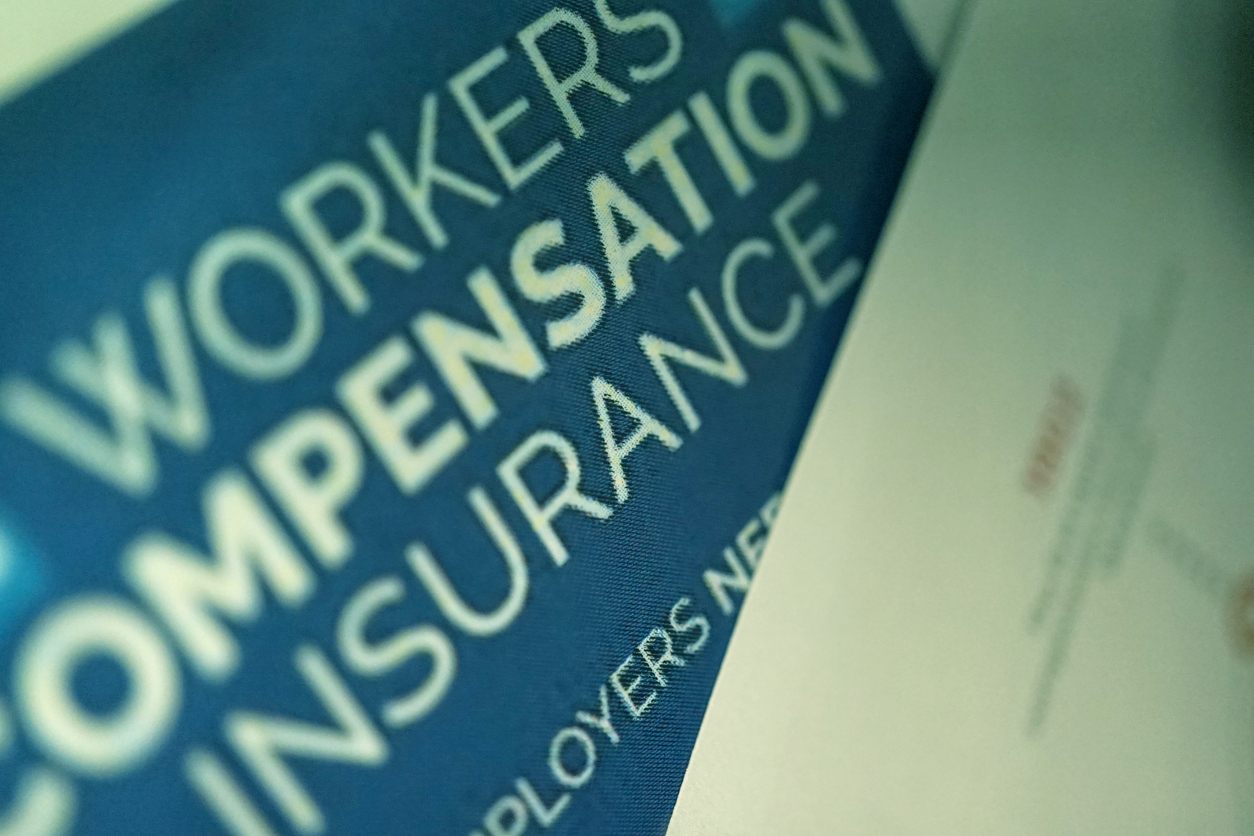U.S. workers’ compensation insurance results will continue to be buoyed by a long-term trend of claims frequency improvement due to advances in safety and risk management practices, as well as recognition of loss reserve redundancies from prior underwriting years, Fitch Ratings says. However, unfavorable pricing trends, competitive market conditions and potential for worsening loss trends amid inflation and macroeconomic pressures may lead to rising loss severity, particularly regarding medical costs, which could increase the likelihood of a pullback towards break-even underwriting in future results.
Property/casualty (P/C) insurers faced considerable underwriting challenges in 2022 with higher inflation, economic disruption and lingering effects from the pandemic promoting loss-cost uncertainty. Amidst this turmoil, workers compensation remained the industry’s strongest-performing large product line. The segment’s average combined ratio was 90% from 2017-2021, which will likely only change modestly in 2022. Results have been highly favorable, as the direct loss ratio remains below 50%, slightly improving to 47% at 9M22.
Workers’ compensation is one of the largest individual commercial product lines in US P/C insurance with over $43 billion in 2021 net written premiums. Top market share is held by large multi-line writers including Travelers (7.5% market share), Hartford (7.2%), and Chubb (4.8%).
After several years of flat to declining premium volume, direct premiums were up by 8.3% for 9M22. This improvement is due more to underwriting exposure growth from wage and payroll expansion and potentially less attrition in policy counts as opting out of self-insuring is more attractive as premium rates decline. Fitch projects a segment combined ratio of 92% for full year 2022.
This level of premium growth is likely unsustainable. While the broader U.S. commercial lines industry is in a strong hardening phase of the underwriting cycle, workers’ compensation premium rates have been flat to down for several years, largely due to the segment’s positive performance.
Workers’ compensation renewal rates fell by approximately 1% for each of the first three quarters in 2022, according to The Council of Insurance Agents and Brokers Quarterly Commercial Market Survey. Market competitive forces are likely to drive prices lower in 2023.
An economic recession and a shift in labor market dynamics (such as aging work force and shortage of new skilled workers) may be negative for claims over time. However, carriers are likely to continue to benefit from long-term favorable frequency trends, and revenue trends are likely to reasonably keep track with indemnity cost increases.
A more immediate and growing concern is the profit impact of a prolonged period of higher inflation. In particular, medical inflation has been relatively stable over this period of strong workers compensation segment performance. However, the medical care CPI is up 4.2% for the 12 months ending Nov. 30, 2022, compared with 1.7% for the same period in the previous year, which should negatively pressure margins going forward. Also, potential for higher frequency of large losses related to litigated claims bears consideration, as rising jury verdicts, litigation settlements, and defense costs are affecting insurers in numerous casualty and liability product segments.














